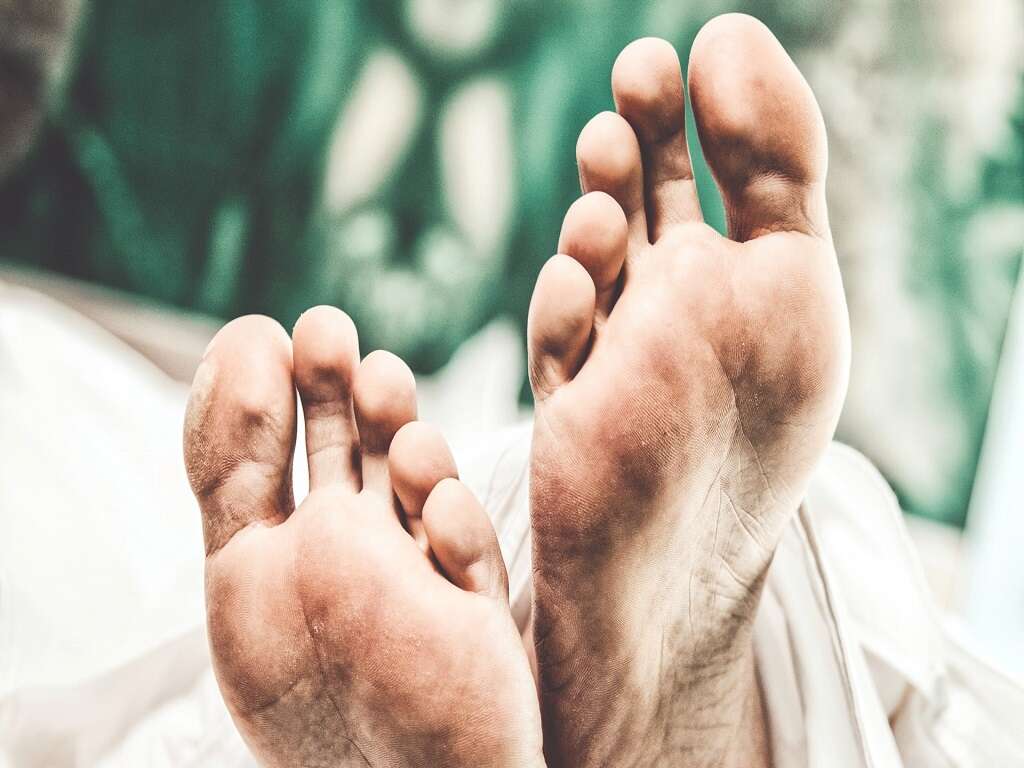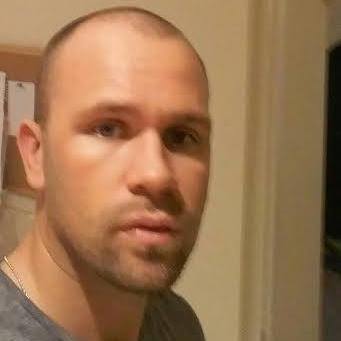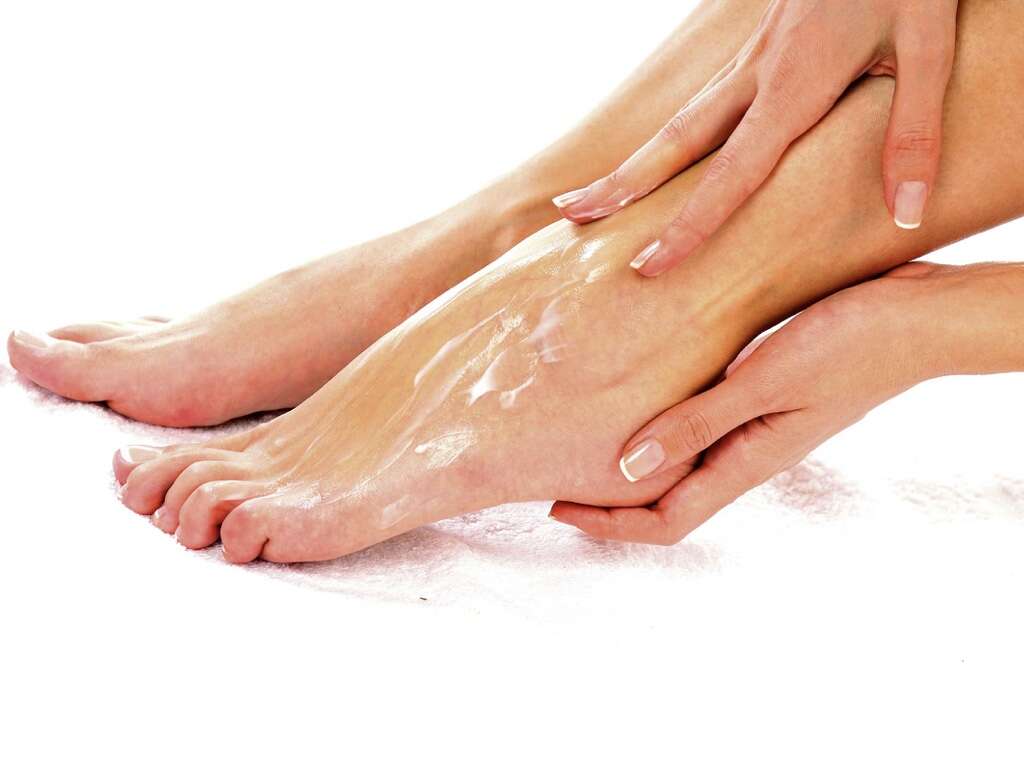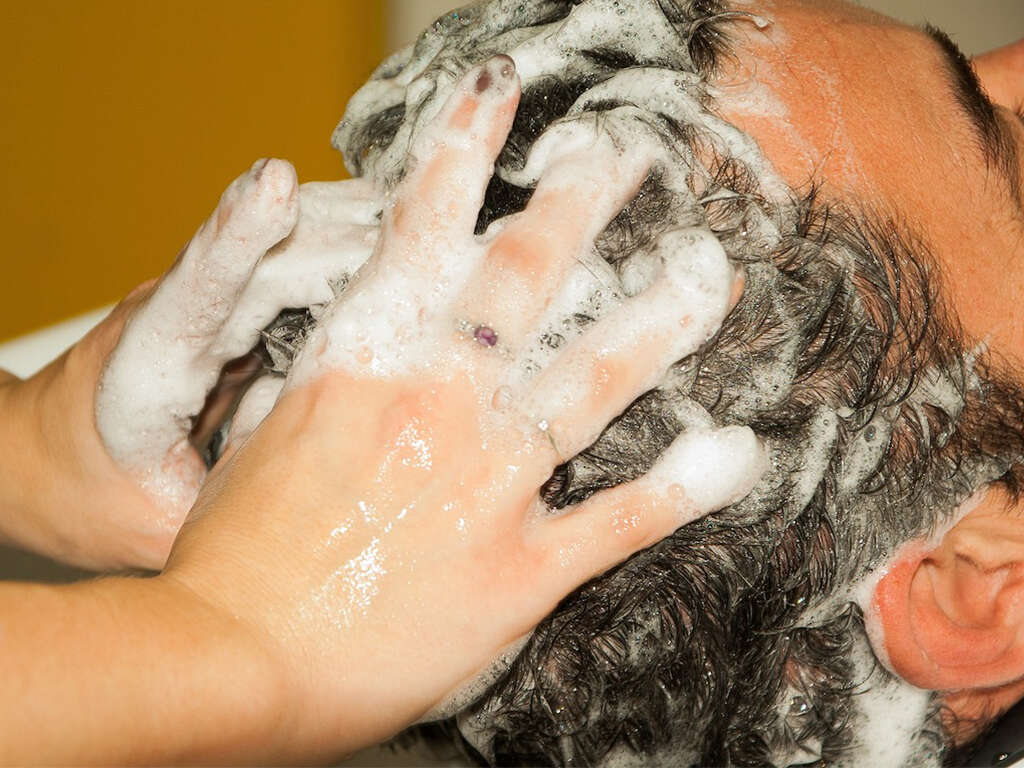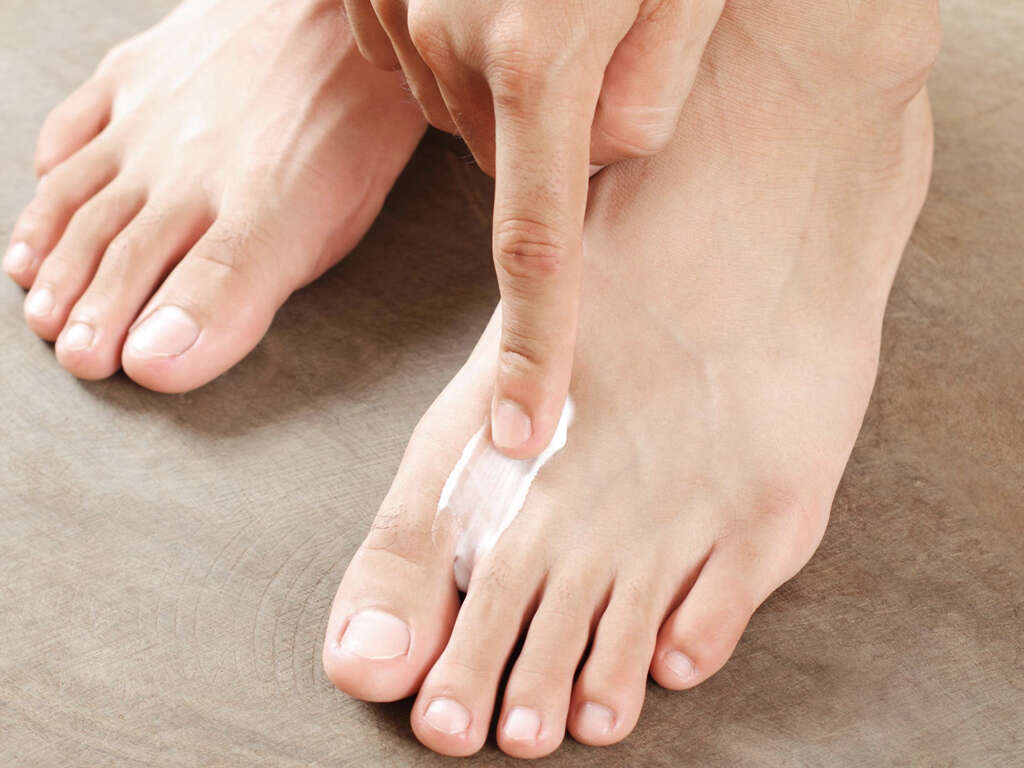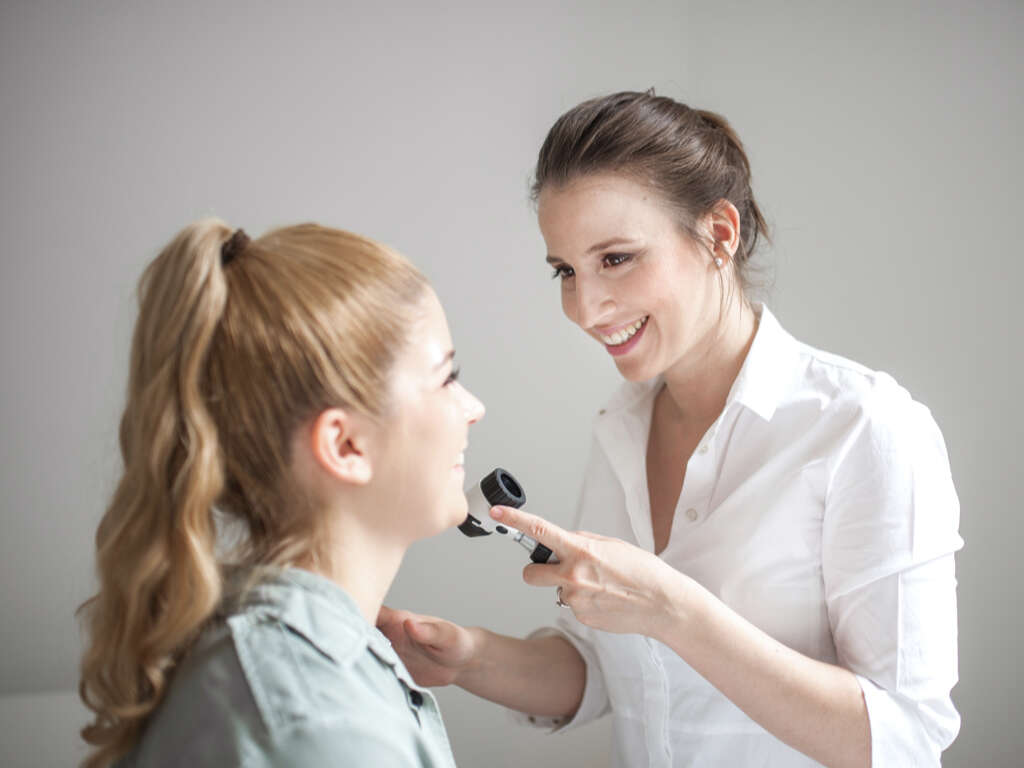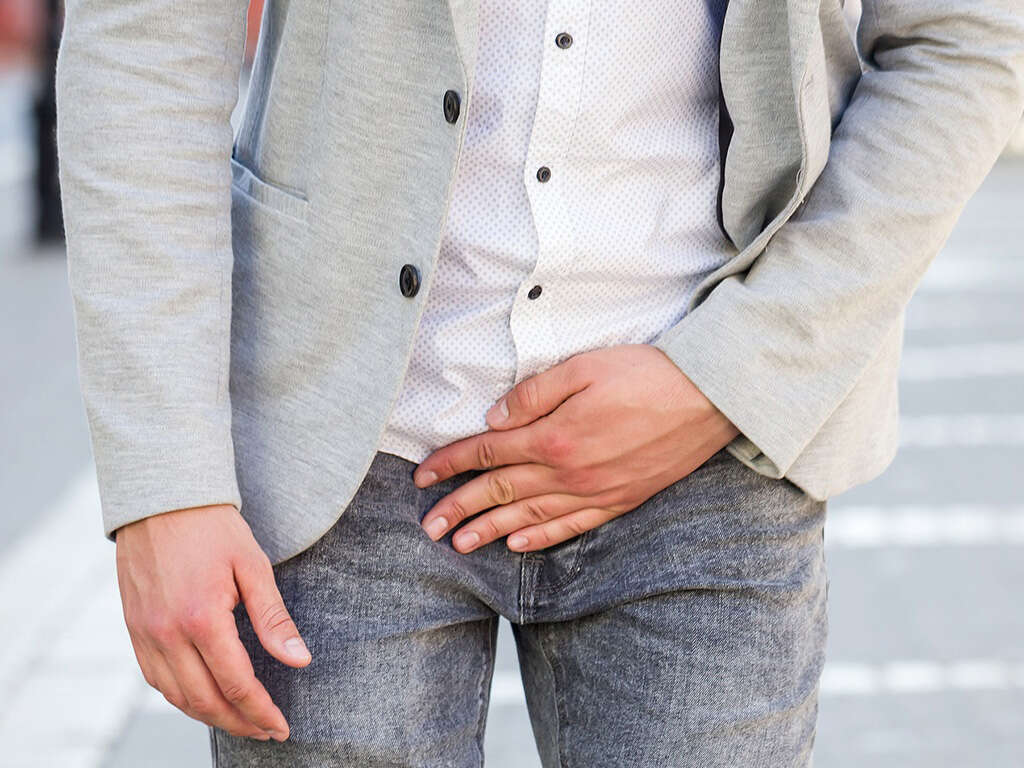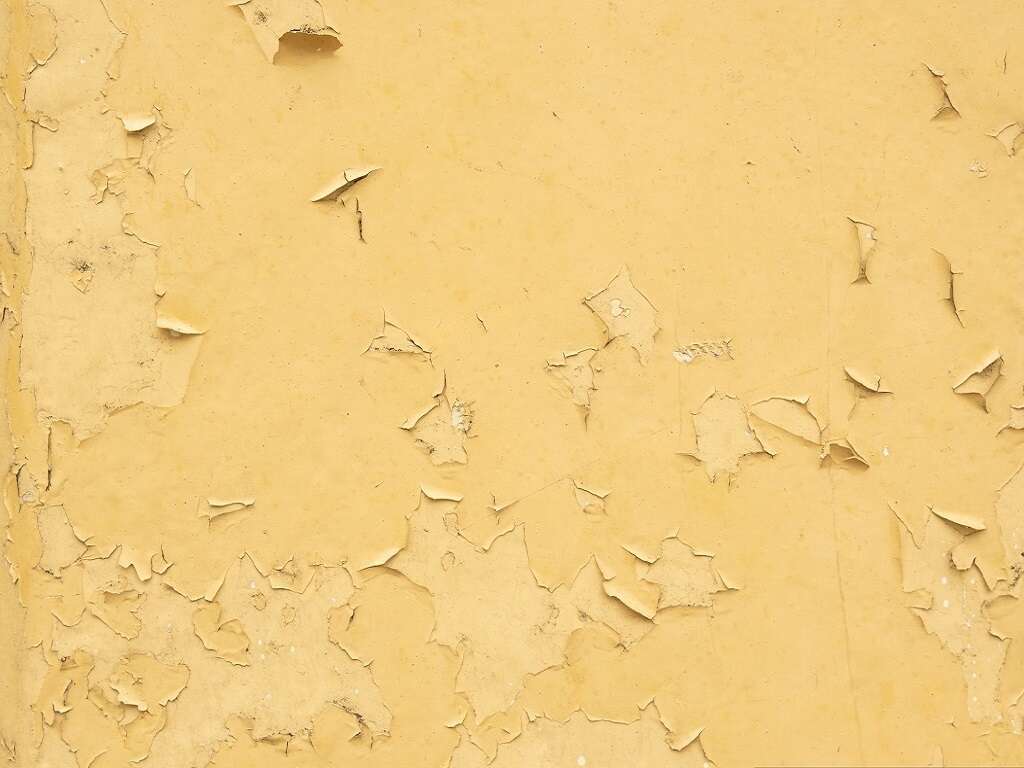Athlete's Foot Causes, Remedies & More
 Article Sources
Article Sources
- 1. M;, Havlickova B;Czaika VA;Friedrich. 'Epidemiological Trends in Skin Mycoses Worldwide.' Mycoses, U.S. National Library of Medicine, pubmed.ncbi.nlm.nih.gov/18783559/.
- 2. Al Hasan, Muhannad, et al. 'Dermatology for the Practicing Allergist: Tinea Pedis and Its Complications.' Clinical and Molecular Allergy : CMA, BioMed Central, 29 Mar. 2004, www.ncbi.nlm.nih.gov/pmc/articles/PMC419368/.
- 3. Homei, Aya. 'Athlete's Foot.' Fungal Disease in Britain and the United States, Mycoses and Modernity'., U.S. National Library of Medicine, 1 Jan. 1970, www.ncbi.nlm.nih.gov/books/NBK169220/.
2. Invisible Causes
The cause of most cases of athlete's foot is a fungus called trichophyton rubrum.2Al Hasan, Muhannad, et al. ‘Dermatology for the Practicing Allergist: Tinea Pedis and Its Complications.’ Clinical and Molecular Allergy : CMA, BioMed Central, 29 Mar. 2004, www.ncbi.nlm.nih.gov/pmc/articles/PMC419368/. This organism feeds on skin cells and is especially suited to survive on the human body. It's adapted not to alert the body's immune system. This sneaky quality means it's unlikely to disappear if left alone.
The fungus multiplies by spreading invisible microbes capable of reproducing, known as spores. When a spore finds a suitable area between the toes, it settles in and starts to replicate.
Advertisement
